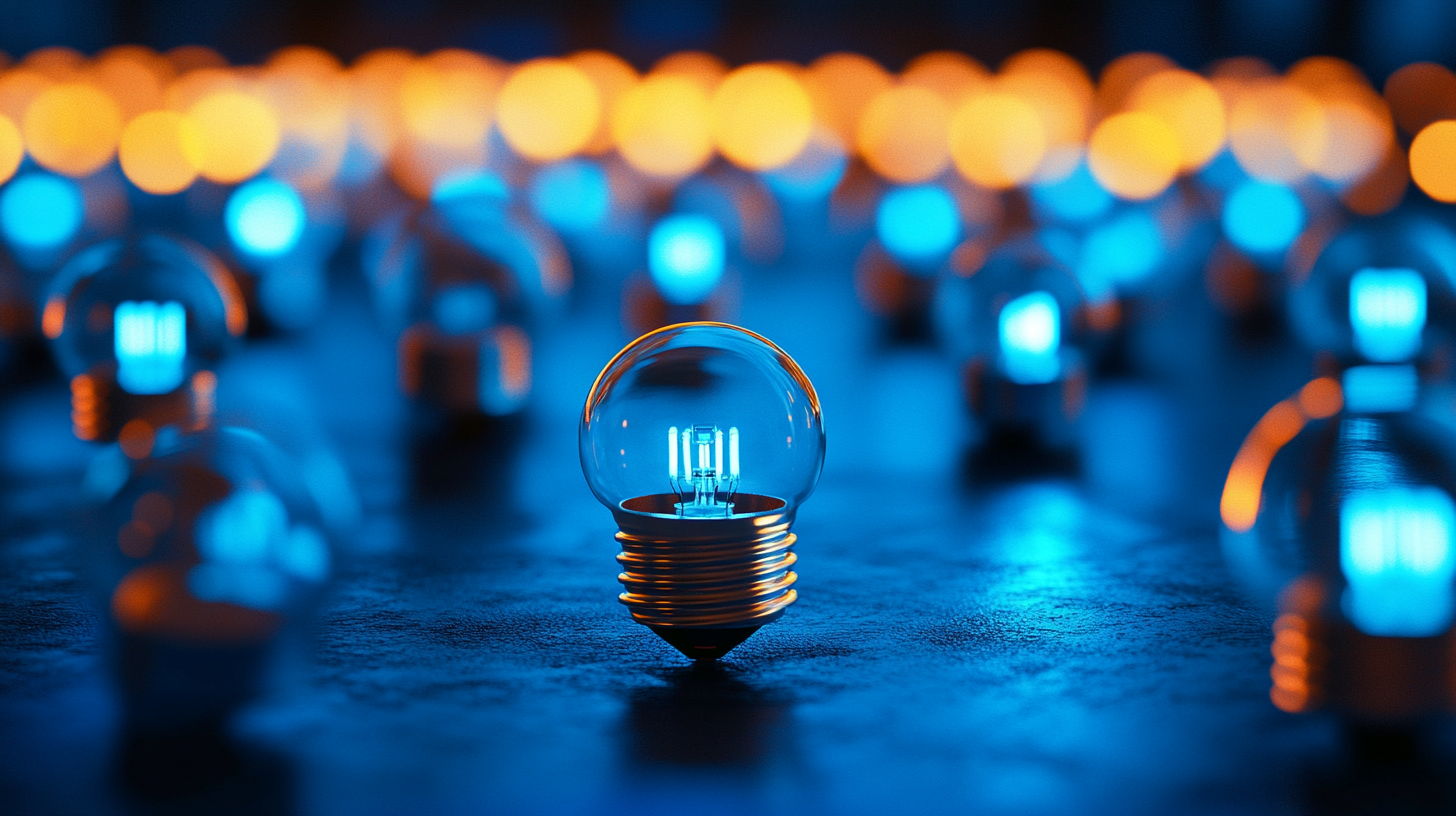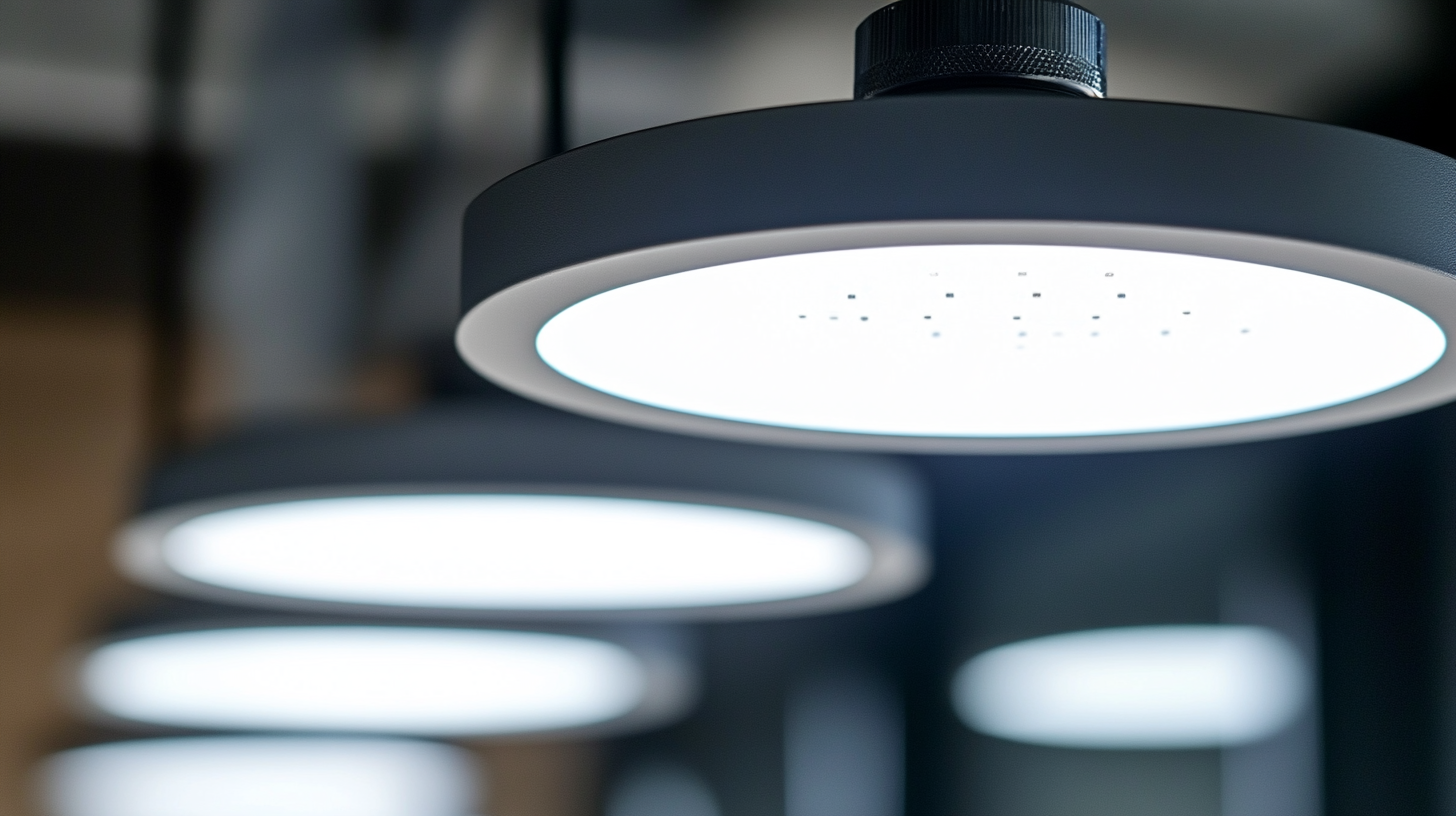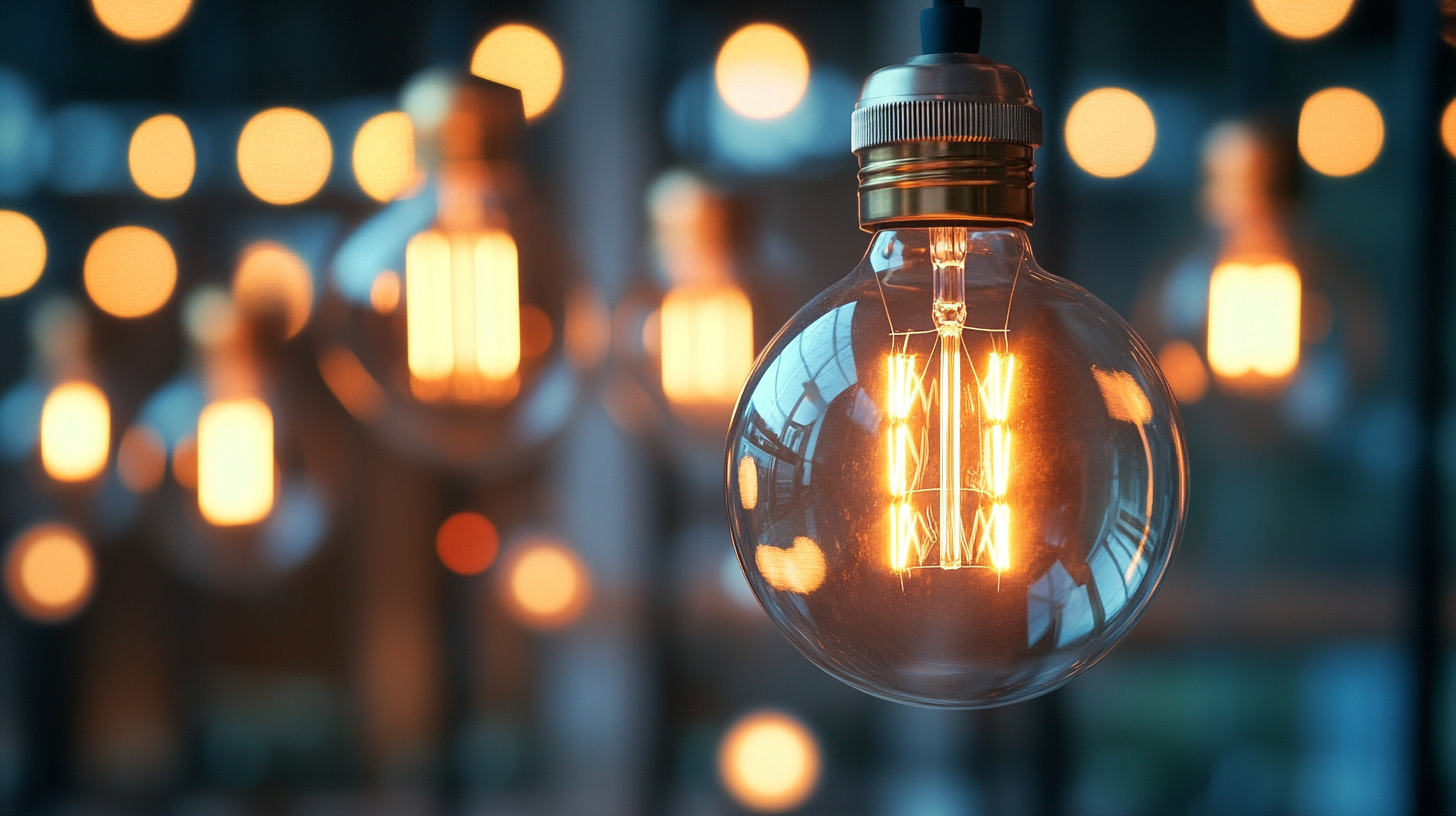7 Essential Tips to Boost Energy Efficiency with LED Lighting
In recent years, LED lighting has emerged as a transformative force in the quest for energy efficiency, significantly reshaping how we illuminate our spaces. According to the U.S. Department of Energy, widespread adoption of LED technology could save nearly 140 terawatt-hours of electricity annually by 2027, equivalent to the annual output of about 40 large power plants. This shift not only translates to substantial cost savings for consumers and businesses but also stands to reduce greenhouse gas emissions, making a direct impact on climate change. As organizations and households alike look for effective ways to cut energy costs and enhance sustainability, understanding how to optimize LED lighting usage becomes essential. In this blog, we will explore seven essential tips to boost energy efficiency with LED lighting, guiding you towards smarter choices that benefit both your wallet and the environment.

Understanding the Basics of LED Lighting for Energy Efficiency
LED lighting has revolutionized the way we approach energy efficiency in both residential and commercial spaces. Unlike traditional incandescent bulbs, LEDs (Light Emitting Diodes) convert a higher percentage of electricity into light, making them significantly more efficient. This efficiency stems from their ability to produce more lumens per watt compared to traditional lighting solutions. As a result, using LED lights can lead to substantial reductions in energy consumption and lower utility bills.
Understanding the basics of LED lighting starts with recognizing their longevity. Typically, an LED bulb can last up to 25,000 hours or more, vastly outlasting traditional bulbs that often burn out after a few thousand hours. This durability not only minimizes the need for frequent replacements but also reduces waste. Furthermore, LED lights are available in various color temperatures, allowing users to create the desired ambience while ensuring optimum energy use. By transitioning to LED lighting, individuals and businesses can make a significant impact on their energy footprint while enjoying the benefits of modern lighting technology.

Choosing the Right LED Bulbs for Your Space
When choosing the right LED bulbs for your space, it's essential to consider factors such as brightness, color temperature, and energy efficiency. According to a report by the U.S. Department of Energy, LED lighting uses at least 75% less energy than incandescent bulbs, which not only reduces energy bills but also minimizes the environmental impact. For instance, a standard 60-watt incandescent bulb can be replaced with a 10-watt LED bulb, providing the same amount of light while significantly lowering electricity consumption.
Additionally, selecting the appropriate color temperature can enhance the ambiance of different spaces. LED bulbs come in a range of temperatures, from warm white (2700K) to daylight (5000K). A study by the American Lighting Association highlights that warmer tones create a cozy atmosphere ideal for living rooms and bedrooms, while cooler tones can improve focus and productivity, making them suitable for workspaces and kitchens. By understanding these characteristics, you can tailor your lighting choices to boost both energy efficiency and the overall comfort of your environment.

Optimizing Lighting Design and Placement for Maximum Efficiency
Optimizing Lighting Design and Placement for Maximum Efficiency
In the realm of energy efficiency, effective lighting design plays a crucial role, particularly with the widespread adoption of LED technology. According to the International Energy Agency, nearly 20% of global electricity consumption is attributed to lighting, which equates to the total electricity usage of nuclear energy worldwide. By strategically positioning LED lights and enhancing their design, significant reductions in energy consumption can be achieved.
One key approach is to leverage natural light through architectural design. Schools and educational facilities, especially in regions like the UAE, can benefit from optimizing courtyard orientations to maximize daylight utilization. Integrating effective daylighting solutions, such as strategically placed windows and skylights, can reduce reliance on artificial lighting, thus fostering an improved microclimate and energy efficiency. Moreover, innovative designs that focus on classroom modularity can further enhance natural light capture while providing comfortable learning environments.
Additionally, technological advancements in the lighting sector, such as the use of adjustable streetlights for localized lighting and sensor integration, can lead to smarter energy management. These fixtures not only illuminate public spaces effectively but can also contribute to urban sustainability initiatives by allowing for dynamic adjustments based on environmental conditions and usage patterns. With thoughtful design and placement of lighting, we can significantly boost energy efficiency and promote a more sustainable future.
Energy Efficiency Comparison of Different Lighting Types
This chart illustrates the energy efficiency (measured in lumens per watt) of three commonly used lighting types: Incandescent bulbs, Compact Fluorescent Lamps (CFL), and Light Emitting Diodes (LED). As shown, LED bulbs offer significantly higher efficiency compared to incandescent and CFL options, emphasizing the advantages of using LED lighting for optimal energy savings.
Utilizing Smart Technology to Enhance LED Performance
Leveraging smart technology is a game-changer in maximizing the performance of LED lighting systems. IoT (Internet of Things) devices can synchronize with LED fixtures, allowing for real-time monitoring and control. This integration makes it easy to adjust lighting levels based on natural light availability, reducing energy consumption significantly. Users can program schedules or remotely manage their lighting, ensuring lights are only on when needed, further extending energy savings.
Additionally, smart sensors play a crucial role in enhancing LED efficiency. Occupancy sensors, for instance, detect when a room is in use and automatically turn lights on or off accordingly. By combining these sensors with LED technology, property owners can make strides towards sustainability while also lowering their electricity bills. Moreover, advanced smart dimming features enable further customization, allowing users to adapt lighting intensity for various activities, from bright task lighting to cozy ambient settings. This level of automation not only contributes to energy savings but also enhances the user experience, making spaces more comfortable and efficient.
7 Essential Tips to Boost Energy Efficiency with LED Lighting
| Tip | Description | Benefits |
|---|---|---|
| Choose the Right LED Bulb | Select bulbs based on lumens required and color temperature. | Improved ambiance and proper brightness for needs. |
| Use Smart Lighting Controls | Incorporate smart switches and dimmers to manage lighting. | Reduced energy consumption and enhanced user convenience. |
| Optimize Placement | Position lights where they can best illuminate spaces. | Maximized efficiency and minimized wasted light. |
| Capitalize on Natural Light | Use windows and skylights to reduce reliance on electric lighting. | Lower electricity bills and a healthier indoor environment. |
| Regular Maintenance | Keep fixtures clean and check for any required replacements. | Enhanced performance and longevity of lights. |
| Leverage Daylight Sensors | Install sensors to adjust indoor brightness based on available light. | Automatic energy savings and optimal lighting conditions. |
| Set Timers for Lighting | Automate lighting schedules for specific times. | Increased security and improved energy management. |
Implementing Maintenance Practices to Extend LED Lifespan
Implementing effective maintenance practices is crucial for extending the lifespan of LED lighting systems. Research from the U.S. Department of Energy indicates that LED lighting can last up to 25,000 hours, significantly outpacing traditional incandescent bulbs, which typically last just 1,000 hours. However, to maximize this advantage, regular maintenance is essential. Simple practices, such as dusting and cleaning fixtures regularly, can prevent dirt accumulation that decreases lumen output by as much as 30%, ensuring optimal performance and longevity.
Moreover, monitoring the operating environment can greatly affect LED performance. LEDs operate best in cool conditions, so ensuring that fixtures are not exposed to excessive heat can extend their life. The Illuminating Engineering Society emphasizes the importance of thermal management, noting that elevated temperatures can reduce LED efficacy and overall lifespan by up to 20%. Incorporating these maintenance strategies not only enhances energy efficiency but also contributes to substantial cost savings in the long run, making it a smart investment for both residential and commercial properties.
Energy Efficiency in LED Lighting
This pie chart illustrates the key factors contributing to energy efficiency in LED lighting with maintenance practices aimed at extending the lifespan of these lighting solutions.

